During the time of emergency remote learning, it was difficult to find ways to engage learners effectively online. In the classroom, teachers have been fostering personalized learning to ensure they are providing equal access to all students. However, when it came to it, teachers were left with little awareness and resources to do so online.
As a result, our cohort of masters students in Educational Technology through the University of University have worked collaboratively to create a site with resources to help teachers prepare and plan for the year ahead. Below we have listed two outcomes that can help teachers plan for personalized learning in their digital or blended classrooms as they transition into the Fall 2020 school year.
Outcome #1: Be able to identify new and diverse personalization needs that have come out of the pivot and blended/online learning
Focusing specifically on supports for:
- English Language Learners (ELL)
- Students requiring Literacy support
- Students requiring Math support
- Students with special needs
- Students with visual or hearing impairments
Outcome #2: Be able to plan for flexible personalization and accommodation for subject/activity/student
Specifically considering:
- Communication
- Flexible Content
- Pacing
- Learning Management Systems (LMS)
- Assessment
During our curation of resources we noticed a few gaps in what relevant and reputable content was available online and what we believed teachers would benefit from in regards to personalization of learning online. Therefore, we created three of our own resources to meet the learning outcomes below.
In order to critically evaluate the content we have created, we are going to the Berkeley Library Evaluation Resource Tool. This tool focuses on determining:
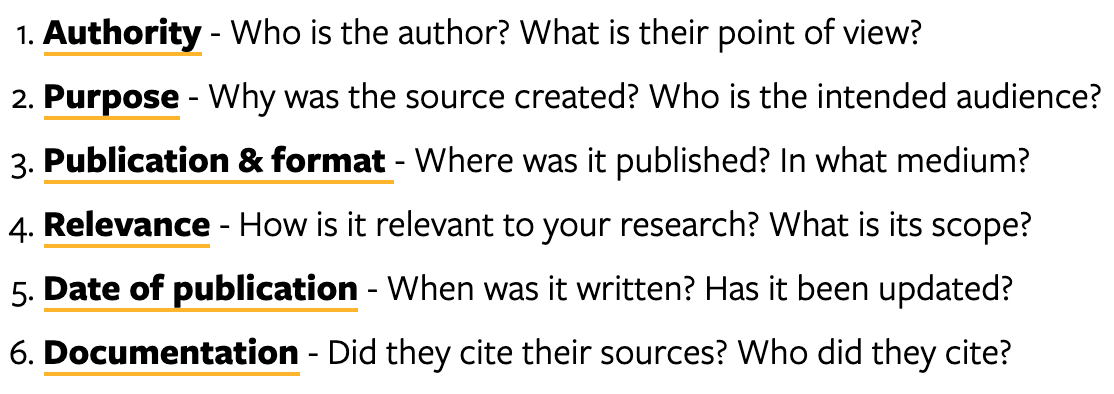

Outcome #1 Resource(s) Evaluation
The podcast and visual were created by Lindsay Morton, who is currently a masters student at the University of British Columbia in Educational Technology. While discussing the pivot to remote learning with colleagues the challenge of providing support to diverse learners and ensuring equity amongst the class was something we agreed was difficult and required more support amongst educators.
The podcast was created on July 22nd, 2020 with Kim Ashbourne. I met Kim during my summer courses in 2020 where she spoke about the importance of web accessibility. Kim is a web content specialist and project manager who is also enrolled in her masters of education technology. When we met, she discussed why it is important to consider web accessibility and how we can make small changes to resources to ensure all students can access the content. We decided this was an important part of personalizing the needs of diverse learners to ensure equity. The podcast discusses different tools and ways we can make resources more accessible. We hope the conversation will inspire and provide educators with the beginnings of creating accessible content.
The visual was created through brainstorming with colleagues and discussing the challenges we faced during the pivot to remote learning. As an educator, my administration team was consistently putting social and emotional health at the forefront of our planning last year. As a school team we felt there was no need to worry about students’ academic growth until we were certain all of their basic needs were being met, including their mental health. As the pivot created many changes in students and families lives, it was crucial we focused on this connection before moving towards the learning side of the isolation period. The importance of supporting families reminded us of Maslow’s Hierarchy of Needs which was used as an initial idea and adapted to support educators. When faced with reluctant students or families that are difficult to connect with, I hope this visual can be a starting place for decision making and communicating with their community. The visual was created on July 22nd, 2020.
Podcast
Click on the picture below to listen to a podcast about creating accessible content for all learners.
Click here for a link to the transcript of this video interview.
Visual
Click on the picture below for a video explanation of the hierarchy of needs visual we created.
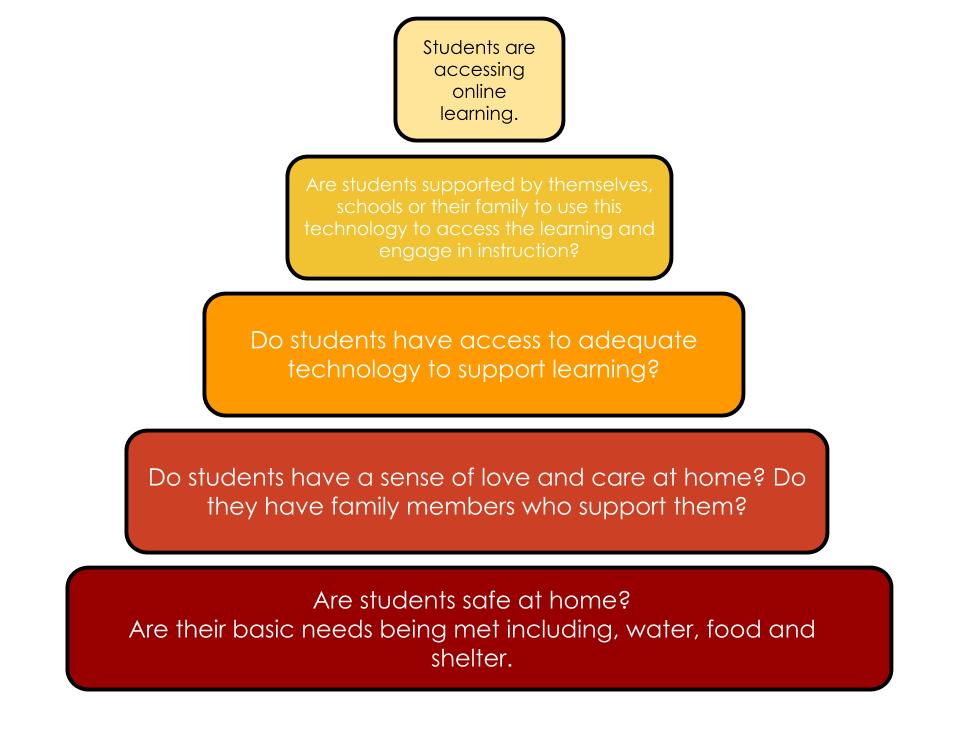
This visual was created by Lindsay Morton, a masters student at the University of British Columbia, July 2020.
Outcome #2 Resource Evaluation
The author of this resource is Emily Miller, who is currently a masters student through the University of Victoria in the field of educational technology as mentioned in the introduction of the video. In addition, she has completed a Diploma Program in Personalized Learning through the University of Victoria as well as had five years of teaching experience. During her Diploma Program, she met Rebecca Bathurst-Hunt who was keenly interested in inquiry and personalized learning. Since their program together, Rebecca has co-authored a book with Trevor Mackenzie called ‘Inquiry Mindset’, taught an undergrad personalized learning course through the University of Victoria, and continues to share her learning experiences through her social media sites. They both have a contemporary understanding of personalized learning which is guided by research as well as personal experience, which is evident in their discussion.
The resource was created so that teachers could hear from another classroom teacher, who is well versed in personalized learning, talk about their successes and struggles during the remote learning period. It is important for teachers to not only see what is possible, how to do it, but also hear that it is okay to fail. In addition, this resource is more effective as a video than a podcast as it is important to see people’s physical reactions when talking about personal experience. It was filmed in July 2020 which has allowed for both teachers to reflect and pull out the important learning from that time with more clarity. It helps to meet the learning outcome above as it suggests topics and concepts that teachers can and should consider as they move towards the next school year. Rebecca and Emily talk to each of the categories listed under the second outcome in their conversation. Therefore, we believe that this is an effective resource to support teachers understanding of personalized learning.
Video
Click on the image below to watch a video interview with Rebecca Bathurst-Hunt for some inspiration and ideas around personalized learning both in the classroom and online.
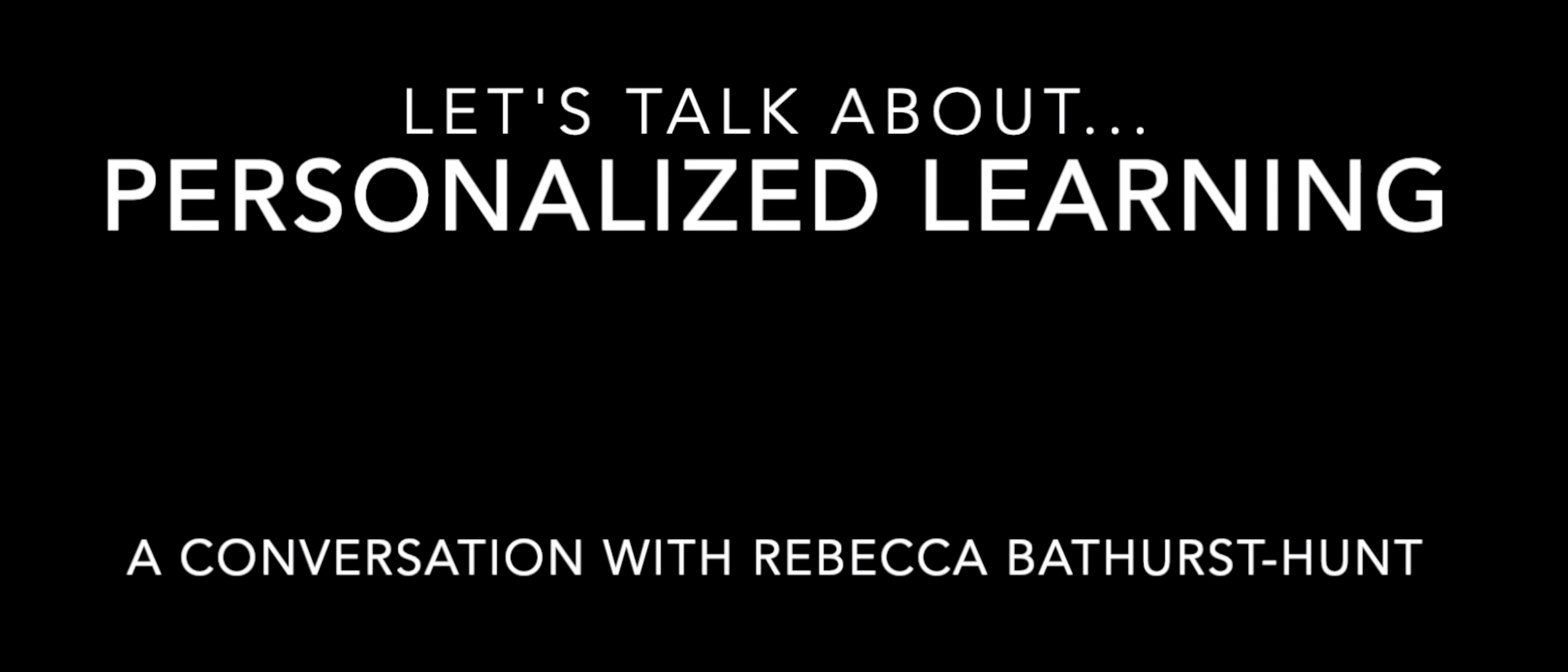
This video was created by Emily Miller, a masters student through the University of Victoria in the Educational Technology cohort, July 2020.
Click here for a link to the transcript of this video interview.
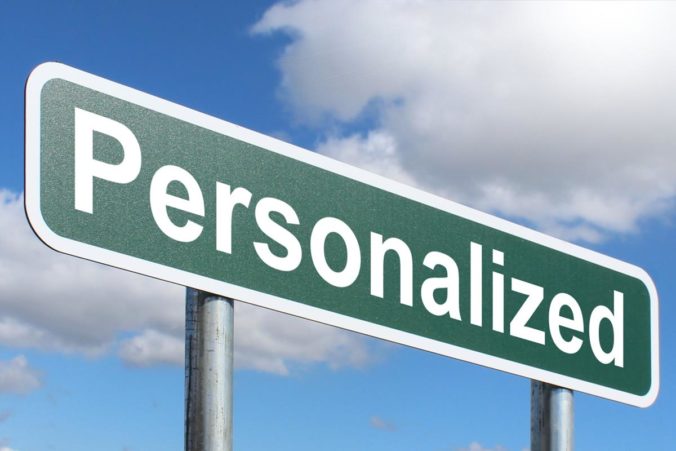
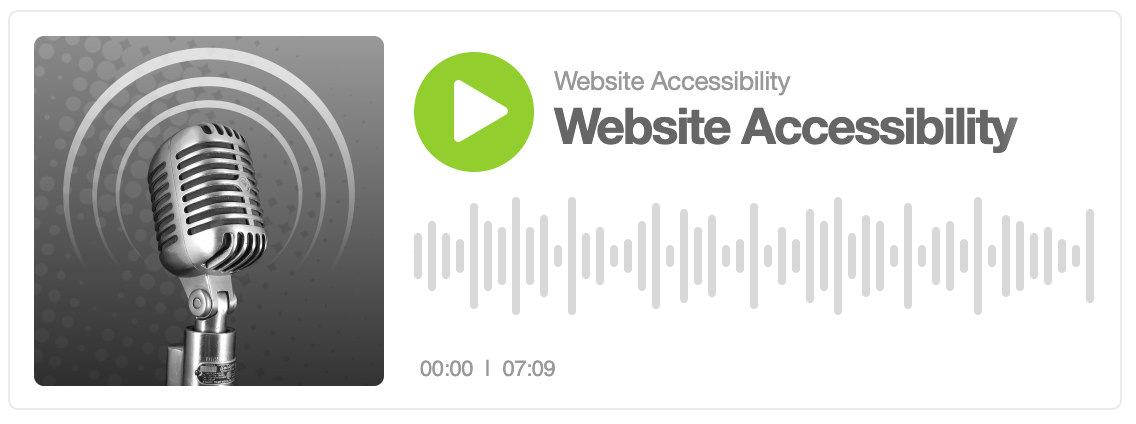
Recent Comments